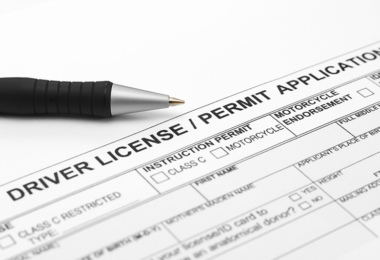Home / Modules / Components / Cell phone use in learner and intermediate stages / Key research findings
Key research findings
- Short and longer-term evaluations of the North Carolina cell phone use law reported that this law has not decreased use any more than in states where such laws do not exist.4
- Observational studies, where the laws apply to drivers of all ages, have produced mixed and inconclusive results in regard to crash reductions.5 Thus, there is uncertainty about the effects on use rates, on crash outcomes, and on ways in which laws might be made more effective, which impede enforcement, but there is no evidence on the extent to which primary enforcement laws make a difference.
- The effect of both cell phone and texting laws on teen driver crashes is mixed and inconclusive.6
- Ehsani et al. (2014), in a study of Michigan’s texting law, found a slight increase in more serious types of crashes including fatal/disabling injury crashes and non-disabling injury crashes but a slight decrease in less severe crashes (e.g., possible injury/PDO crashes).





